Here is a test shot at 800 ISO, f/2.8, 1/200, where the slave in Group A was set to TTL at 0 FEC, while the popup flash was set to "--":
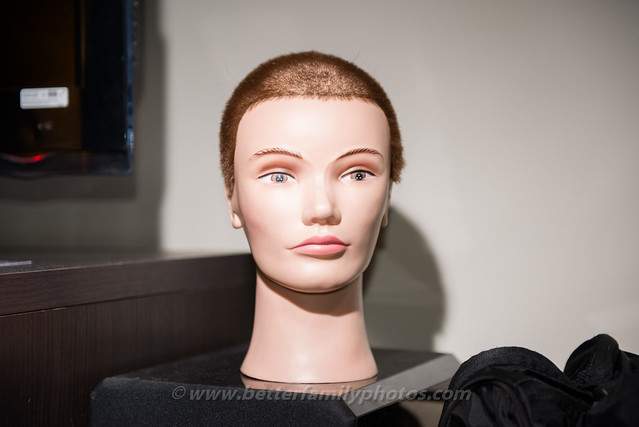
You can see that the shadows are not totally black. The shadows are being illuminated by the popup flash.
Here is the same shot, but this time I used the SG-3IR infrared panel to block the popup flash:

This time you can see that the shadows are black. Note also the difference in exposure on the mannequin head itself.
The popup flash's contribution is less noticeable when you use lower ISOs and/or narrower apertures. Here is another pair of test shots, at 400 ISO, f/2.8.
Without SG-3IR:
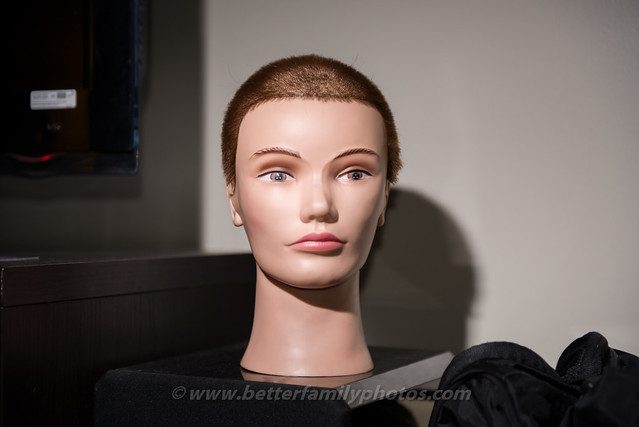
With SG-3IR:
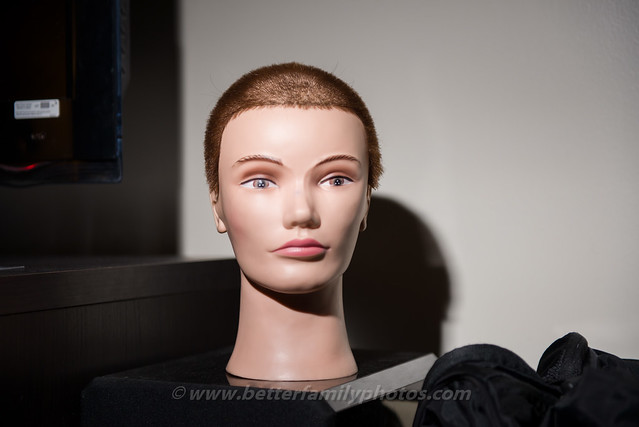
Here is yet another pair, another stop darker exposure at 400 ISO, f/4 (the TTL compensates so the flash exposure is the same).
Without SG-3IR:
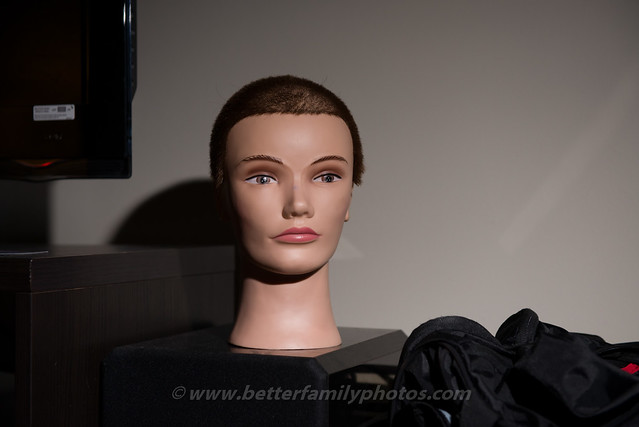

The popup flash's contribution is much less noticeable but is there nonetheless. Here is the same exposure (ISO 400, f/4) but with the slave flashes intentionally disabled.
Without SG-3IR:
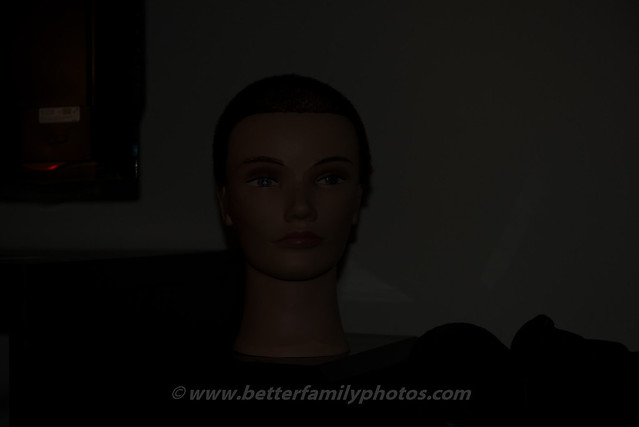
With SG-3IR:
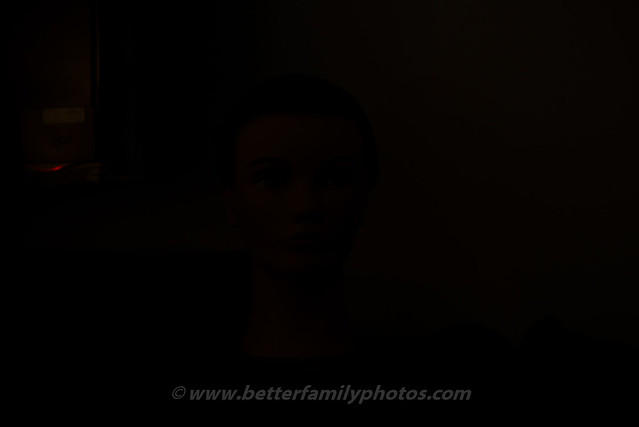
With some subjects that have specular (shiny, mirror-like) surfaces, the popup flash's contribution is even more noticeable, as you can see from the gym bag beside the mannequin head.
As shown above, one solution is to use an SG-3IR infrared panel or similar 3rd party product to block the popup flash. Another trick is to use high speed sync. With Nikon, the popup commander can command the slave flashes above the sync speed but the popup flash will not contribute to the exposure. The downside is that you will lose at least 2 stops of power.
Note: for Canon shooters, the Aokatec panel is designed to be compatible with your hotshoe.
RELATED POSTS:
SG-3IR Infrared Panel Review
Cheap Wireless TTL? Aokatec AK-TTL Review
ND Filter vs. High Speed Sync
The easiest way to see the popup's contribution is to hold a finger in front of it and observe the shadow it casts.
ReplyDeleteHappens by itself with some lens hood...
Thanks for the tip. Hey guys - listen up. He knows what he's talking about.
DeleteBest regards,
Mic
I've been getting into the strobist thing myself and haven't noticed the popup flash contributing to the exposure as I'm shooting at f/8-11 indoors. Other times I'm just using ceiling or wall bounce inside.
ReplyDeleteOne thing I did notice during a shoot was another tiny catch light (looks like a tiny white speck - which could be cloned out in post) in some shots which I'd prefer not to have since. In my set up I was about 6-10 feet away from my subject. If you were going to do an enlargement of 8x10, you'd see it easily. Even with a 1000px wide image I can see it. This is of course a coming from a photographer's eyes. I think for most other people they wouldn't really notice it.
I'll pick up an SG-3IR though to satisfy my own eyes.
Hi Francis. Sometimes the difference is not so observable especially if you're at f/8 or f/11 but when you get an SG-3IR I am almost sure you will see a significant difference. One of the best $12 I've spent. Plus, subjects are less likely to blink.
DeleteBest regards,
Mic
Thanks for that one, I never noticed the issue though, will pay attention next time.
ReplyDeleteHi Valentin. Yeah I didn't notice it either until after I got the SG-3IR panel. I really recommend the SG-3IR or the Aokatec panel.
DeleteBest regards,
Mic
The catch light issue is illustrated in an older post here.
ReplyDeletehttp://betterfamilyphotos.blogspot.com/2011/05/wth-canon-60d-wireless-master-catch.html